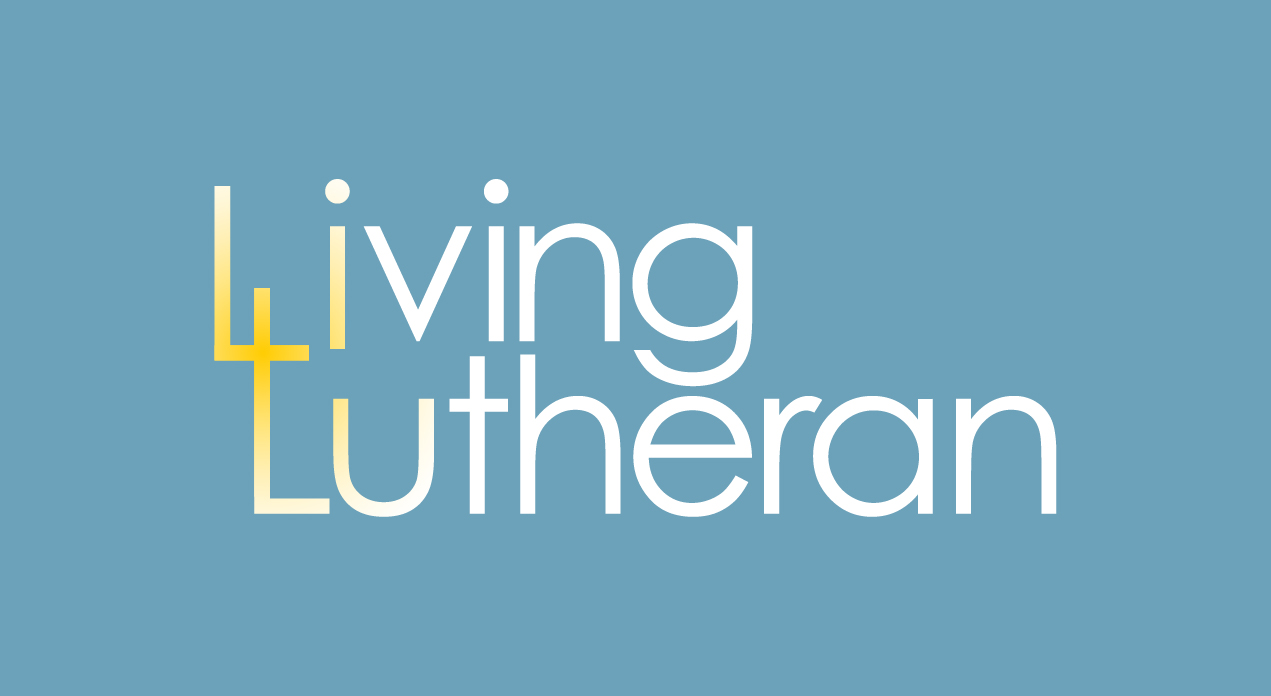In part one, we explored how the four kinds of earth mentioned in the parable of the sower—rocky soil, thorny soil, the path and good soil—are created as a response to terrace farming. These are soil types of human making. And it is only in terrace farming that broadcasting seed by hand would result in seed falling on the four types of soil at the same time.
The rocky soil is created when water comes down the hill and over the retaining wall, creating miniature waterfalls and pounding the soil next to the retaining wall. It’s this soil, right below the retaining wall, that is the closest to the actual stony ground of the hill or mountain. As water comes over the wall, it washes away what little soil is there in the first place, thus producing shallow rocky soil.
The thorny soil is untended due to the difficulty of pulling weeds when they are protected by other structures. Because the weeds are too close to walls, trees or anything else large and immovable, the soil escapes regular care and undesirable plants develop.
The path is even easier to explain. The terraces go all the way up and around a hill or mountain, requiring stairs and paths to connect them.
Lastly, the good soil is simply everything else. You can see how a single handful of seed thrown out will result in some landing in all the soil types.
God, in this extended metaphor, is living water.
So what’s the point of all this agricultural talk? This parable is not only about hearing the word and acting responsibly, although that certainly is the goal. In the parable, people are represented by the types of soil. And what is the main shaper of the ground in a terrace farming setting? Rain. God, in this extended metaphor, is living water.
The beautiful feature of terrace agriculture is that the soil is automatically moved by the water to where it will be most productive. It is eventually washed away from the sides of the walls, where thorns grow, away from the rocky hillside, and down off the path to where it is useful for planting.
Depending on its depth, the soil will produce different results (30, 60, even 100 times what is sown). The best growth occurs at the deepest part of the terrace, closest to the next wall as you descend the hill. The farther the soil is taken by the water, the more productive it will be.
The farther the soil is taken by the water, the more productive it will be.
It is only the soil that refuses to move, clings to the rocky and dry places and stays by the wall and on the path that is not swept up in the movement of the water. True, there is a risk of being washed over to the next level—but the soil gets richer as it descends the mountain.
In this parable that everyone listening to Jesus would have understood, the farther you let yourself be carried by God, the more you allow yourself to be swept up in what God is doing and the more receptive you will be to the word, automatically. This is less about dispositions and more about simply not resisting the moving Spirit of God.
The parable of the sower is certainly about grabbing hold of the word before it can be taken away and holding onto it through persecution and cares of the world. But it’s also about allowing yourself to be moved by God in order to be your most fertile, even before you have the opportunity to have the word sown in you.



